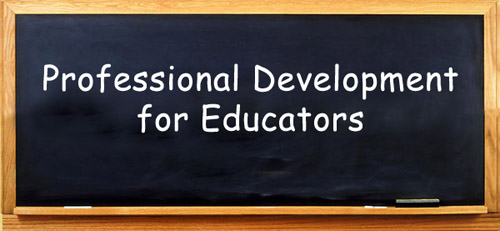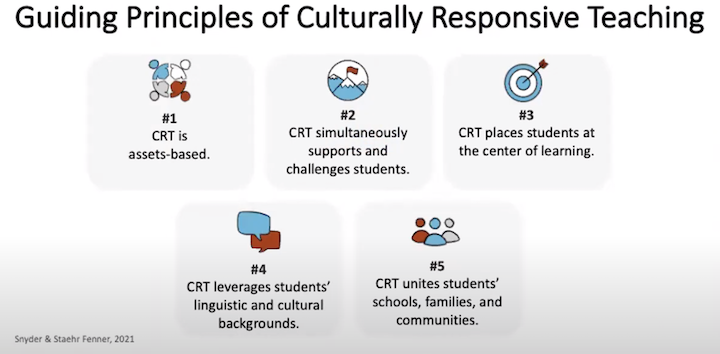* This will be presented to other teachers in the middle school. Most hold Masters, Graduate Certificates, or are in school for one.
The Silenced Dialogue: Power and Pedagogy in Educating Other People's Children
By Lisa D. Delpit
In the article, The Silenced Dialogue by Lisa Delpit, five aspects of power are outlined and discussed in terms of privilege within the United States. Delpit argues that students must be explicitly taught "formal conventions,” as well as when it is appropriate to use this language, AND should be able to practice their own linguistics. She argues that in order to both celebrate our students' diverse backgrounds and cultures, and to prepare our students for success in a white-dominant America, we should directly instruct our students about when and where it is best to use the two differing linguistic styles. She also mentions that this change must be initiated by the people in power in order to support real change in our society. This article connects to culturally responsive teaching practices because it calls for educators to celebrate our student’s diversities while also teaching them how to succeed in the current social scheme. Delpit also directly addresses how cultural differences, such as what dictates authority, can create misunderstandings and frustrations for teachers and students alike. While many teachers of middle-class cultures may assume they have authority because they hold the title of teacher, students from different cultural backgrounds may expect the authority to be earned. These varying beliefs can cause tension within the classroom and typically lead to over disciplining students of color.
Taking Multicultural, Anti-Racist Education Seriously
By Enid Lee, interviewed by Barbara Miner
In the article, Taking Multicultural, Anti-Racist Education Seriously by Enid Lee, the topic of multicultural education is defined and explored. The article states that multicultural education, “equips students, parents, and teachers with the tools needed to combat racism and ethnic discrimination, and to find ways to build a society that includes all people on an equal footing” (Lee). Lee shares that multicultural education and curriculum must directly address discrimination and cultures in order to promote change towards equity. The article explores different stages to move towards a true anti-racist education. The first is to make surface changes, such as signs in multiple languages. The second stage is to create units of study that explore discrimination and different cultures. Although this state only incorporates cultural diversity in small pockets, it is a stepping stone to the next stage. The third stage is to make structural changes that allow for multiculturalism to be discussed in all of the current curricular units. This is meant to be intertwined with the units throughout the school year and not just one week or month of instruction. The final stage is coined the social stage. This final stage is where changes can start occurring outside of the classroom. The hope is that students, and educators, will use their knowledge of the inequities that have occurred, and still do occur, in our country and go enact change within their communities. This could look like a letter-writing campaign to media companies for example. Overall, Enid Lee explains that multicultural education is the pathway towards acknowledging the systems of oppression that are held within the United States and in turn changing these systems.


No comments:
Post a Comment